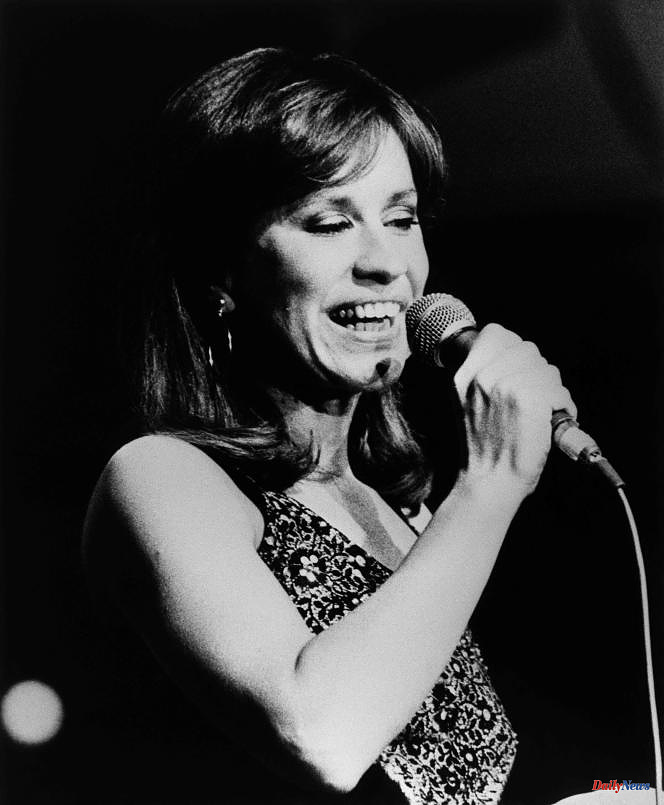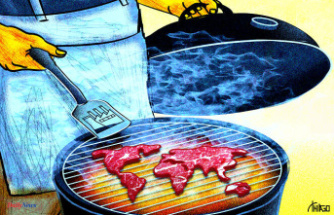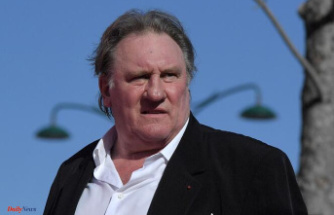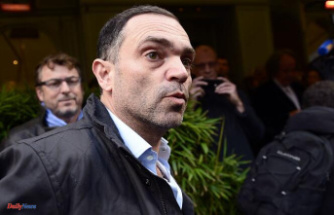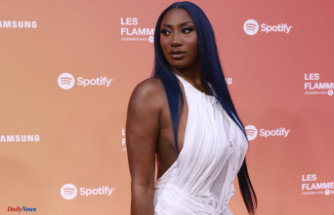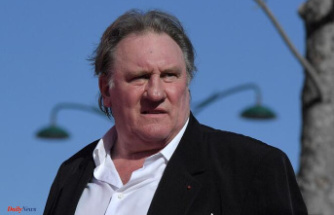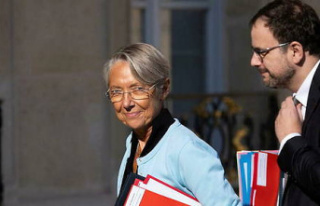In the right place at the right time and with grace: the daughter of Brazilian high society, Astrud Gilberto had a fluid destiny. Childhood friend of Nara Leao, muse of bossa-nova, married to the pope of bossa-nova, Joao Gilberto, she will sculpt by chance the worldwide success of an American jazz saxophonist, Stan Getz.
On Getz/Gilberto, one of the best-selling albums in the world, a miracle occurs: his clear, direct, carefree voice mysteriously eclipsed his two masters and their assistants, Tom Jobim on piano, Phil Spector on sound … And once again, the name Gilberto becomes synonymous with Astrud, even though she only performs two titles there, Corcovado and The Girl from Ipanema. Astrud Gilberto, born Astrud Evangelina Weinert on March 29, 1940 in Salvador de Bahia, died on June 5, 2023 in Philadelphia. She was 83 years old.
A shy young girl, Astrud Gilberto was not destined to become a singer. Daughter of a German professor of literature and a Brazilian music lover, a redundancy, she had rather to live the life of a girl from Ipanema, as celebrated in the song invented in 1962 by two dandies from the area south of Rio de Janeiro, Vinicius de Moraes and Antonio Carlos Jobim. Daughter of Ipanema, relative rebel, well educated, with a tanned, neat, fine body, from which emanated a controlled sensuality, liberated women strolling around in their two-piece swimsuits.
Among them were the original model, Heloisa, a military daughter; and then replicas, broke hippies, well-married wives, and artists. Among the latter, Nara Leao, great voice of bossa-nova, woman of character, of whom Astrud Gilberto is the childhood friend. Their parents live on the sumptuous Atlantica Avenue which borders the ocean in Copacabana. Nara Leao soon transforms the family apartment into the vibrant epicenter of the "new drive", the "bossa-nova" that Joao Gilberto, a charming Bahian, has just invented.
Brazilians ride in New York
Nara would like Astrud to marry the genius, it was done in 1959 – their son Joao Marcelo was born the following year. On November 21, 1962, Carnegie Hall in New York presented Bossa Night. Close ties have been forged between supporters of Brazilian musical modernity and American jazzmen. The former celebrate Frank Sinatra, who will make them feel good, the latter get carried away for the sensual suppleness of bossa. From Sarah Vaughan to Paul Desmond, from Quincy Jones to Ella Fitzgerald, everyone makes the detour to Rio. The Brazilians go up to New York, soon Astrud Gilberto will make the bridge.
In the right place, at the right time, Astrud, now Gilberto, attended in 1963, in the New York studios A
Stan Getz greedily grabs the royalties along the way, and steals Astrud from Joao. Little resentful, the singer will record again in 1976 with the saxophonist, the album The Best of Two Worlds, sung by Miucha, his new wife, from whom will be born another Gilberto, Bebel, also a singer. But by leaving, in 1965, Joao for Stan (briefly) and Rio for Philadelphia (forever), had not Astrud made the fatal error which deprived her of the juice of her origins?
inveterate american
The daughter of Copa (cabana) therefore specialized in the interpretation in English (but also in Italian and other languages) of the founding titles of bossa-nova. In 1965, his first solo album, The Astrud Gilberto Album, appeared, served by Joao Gilberto and the Guildhall String Ensemble. After having succeeded in dragging a consenting Stan Getz down the slippery slopes of variety and misunderstood rock (sometimes unfortunate adaptations of songs by the Beatles or Bob Dylan), she released an excellent record with Gil Evans, Look to the Rainbow, at Verve, in 1966, a bible for lovers of ethereal pop.
In the 1970s, she disappeared, returning ten years later, an inveterate American, equipped with a new energy that took her around the world. Cured of a kind of imposter syndrome, now iconic, she sometimes collaborates with her peers – in 1996 with George Michael, or with Etienne Daho, who invites her on the title Les Bords de Seine the same year. She had founded her own production company, Gregmar, before writing a plea for animals, Animals, they need our help! and to record a final studio album, Jungle.
Dates

